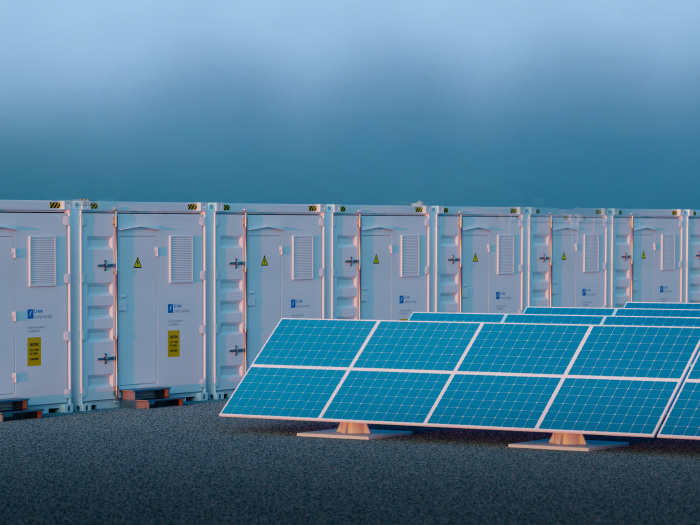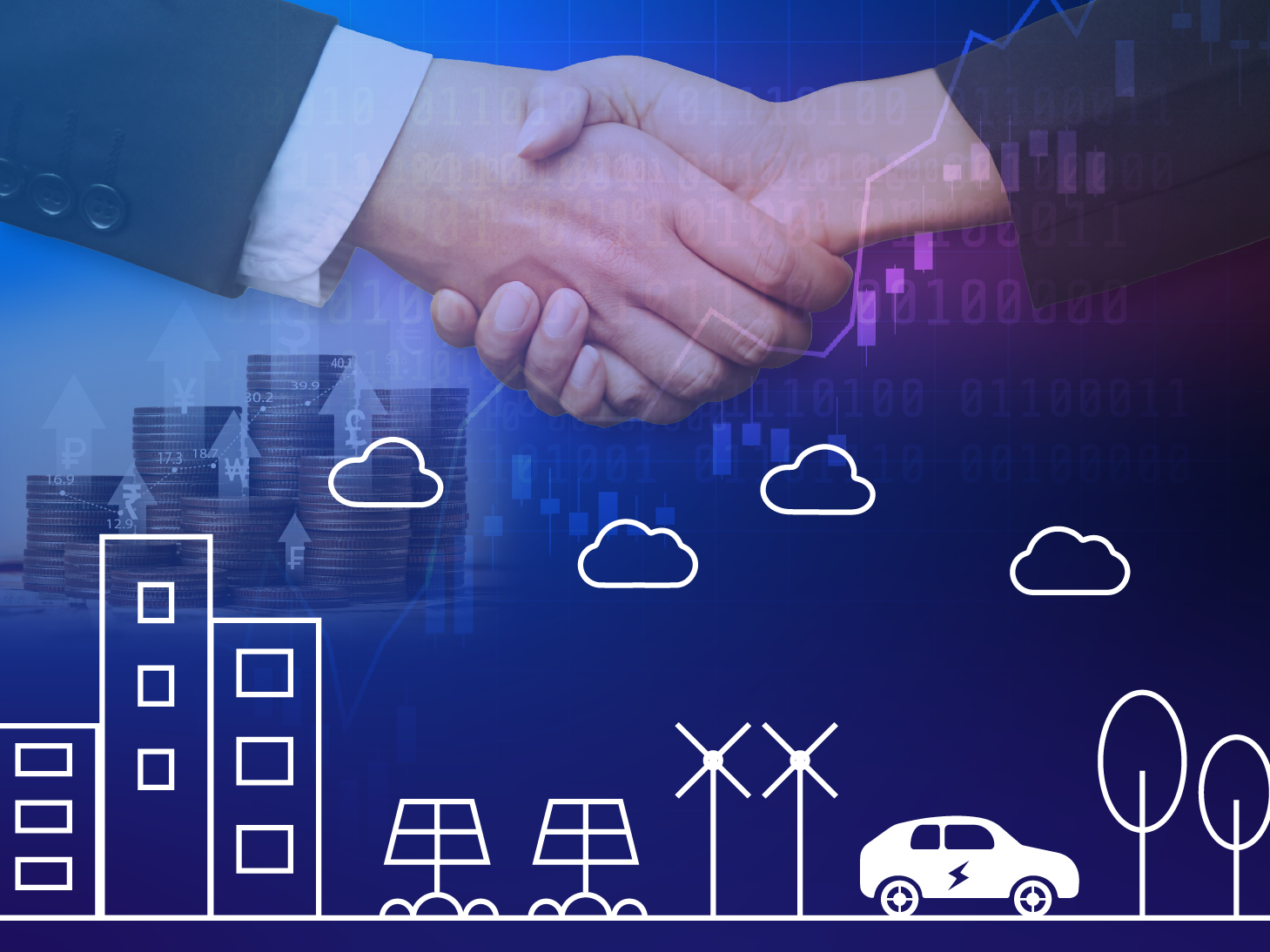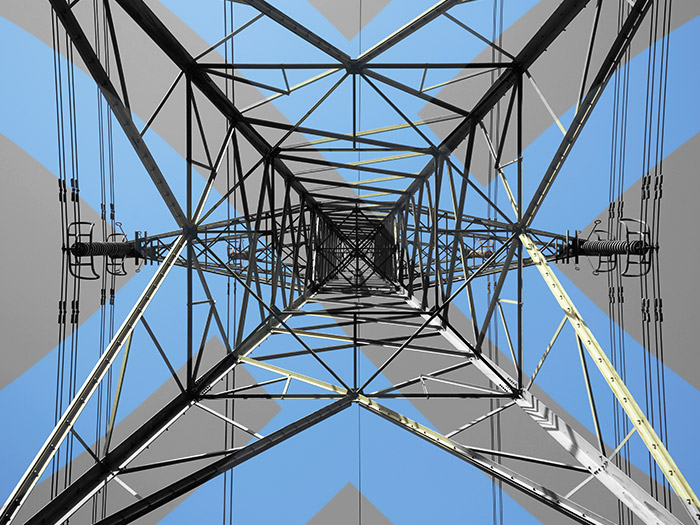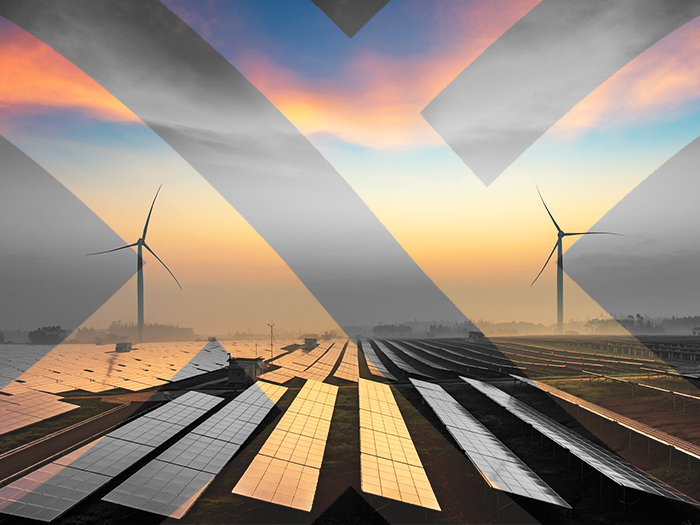News
better business decisions
Posted 5 years ago | 4 minute read
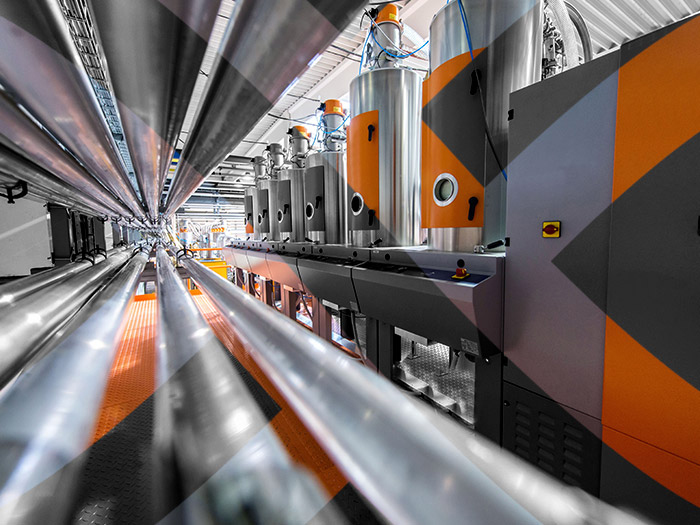
What is a holistic energy strategy?
It’s likely you’ve heard about intelligent energy technology. It’s also likely you’ve heard how it enables convergence and a holistic energy strategy. But what is meant by a ‘holistic energy strategy’?
There’s the obvious implication that it covers all aspects, but “all aspects” is somewhat vague. Therefore, we recommend your organisation maximises opportunities by breaking down energy management into 3 core areas: Reduce demand, Increase generation and Optimise energy use.

1. Reduce demand
Reducing demand is usually the first port of call for any business embarking on an energy management journey.
Reducing demand provides a range of benefits. From simple cost and carbon savings, through to pattern monitoring for optimisation (and everything in between). It is imperative we look at asset and process efficiencies in tandem. Flexibility is placed into the programme that makes the most sense for your business. This is based on the parameters of flexible, inflexible and generation assets. This may manifest itself as savings, placed into ancillary services, or generation to be traded in the balancing mechanism, or simply used on site. It depends on the operational constraints, the time of day and market costs and rewards.
By gathering data, GridBeyond’s platform can identify and understand energy patterns to see where efficiencies can be made. The same platform uses your operating parameters and schedules to optimise resilience too. Perhaps one of the most unexpected things that can be done with site and asset data is predictive maintenance. Energy consumption patterns can tell us a lot about the status of a piece of equipment. Early signs of failure create alarms within the system for review and action.
The bottom line is that as soon as you can ascertain how and where your organisation can reduce demand, only then can you understand how to place this into markets, services, optimisation and efficiency programmes. When using the right technology platform, these decisions are all automated using machine learning algorithms.
2. Increase generation
More and more businesses are choosing to add embedded generation to their site. As such, it’s imperative sites have the technology to optimise this. Properly managed generation helps to develop a holistic energy strategy, whilst ensuring the business sees the best possible return on investment from that asset.
Storage capacity, production schedules, market prices and export opportunities all feed into the platform to ensure generation assets reduce costs, increase revenues and deliver environmental benefits. To monitor multiple market opportunities, operational parameters, asset status (fuel levels, battery state-of-charge etc), whilst also making ‘next best action’ decisions close to real-time, while controlling and metering constraints, requires a sophisticated platform.
Generation is split into 2 sections: optimise current generation, and find new generation opportunities. By identifying how your current generation assets can be best utilised, it is possible to ascertain where additional generation might work best.
3. Optimise energy use
Finally, to create a truly holistic energy strategy, you need to manage more than just how much you use and how much you generate. To optimise your energy use is best described as the enhanced integration of the previous two elements, creating benefits greater than the sum of its parts. Organisations need this level of integration in order to create a coherent, holistic energy strategy.
On a basic level, reduced demand and increased generation can be delivered without particularly smart technology. However, to ensure the most intelligent and timely decisions around energy are made, whilst leveraging the opportunities available through demand side response, storage, EVs and the wholesale market, a site requires a highly sophisticated platform.
As these areas evolve, we can see a direct correlation between DSR, storage and the convergence of these with the wholesale market. With access to the wholesale market via Time of Use (ToU) optimisation and Power Purchase Agreements (PPAs), businesses can integrate ToU scheduling with process scheduling. Machine learning technology can be used to take into consideration all the moving parts of electricity supply and demand to make intelligent choices around purchase, consumption, storage, generation and export to access the balancing mechanism (BM). Unlike balancing services, the BM is an ad-hoc market with highly changeable prices.



